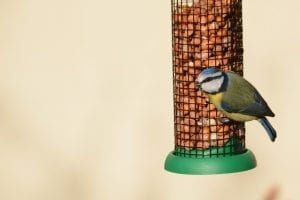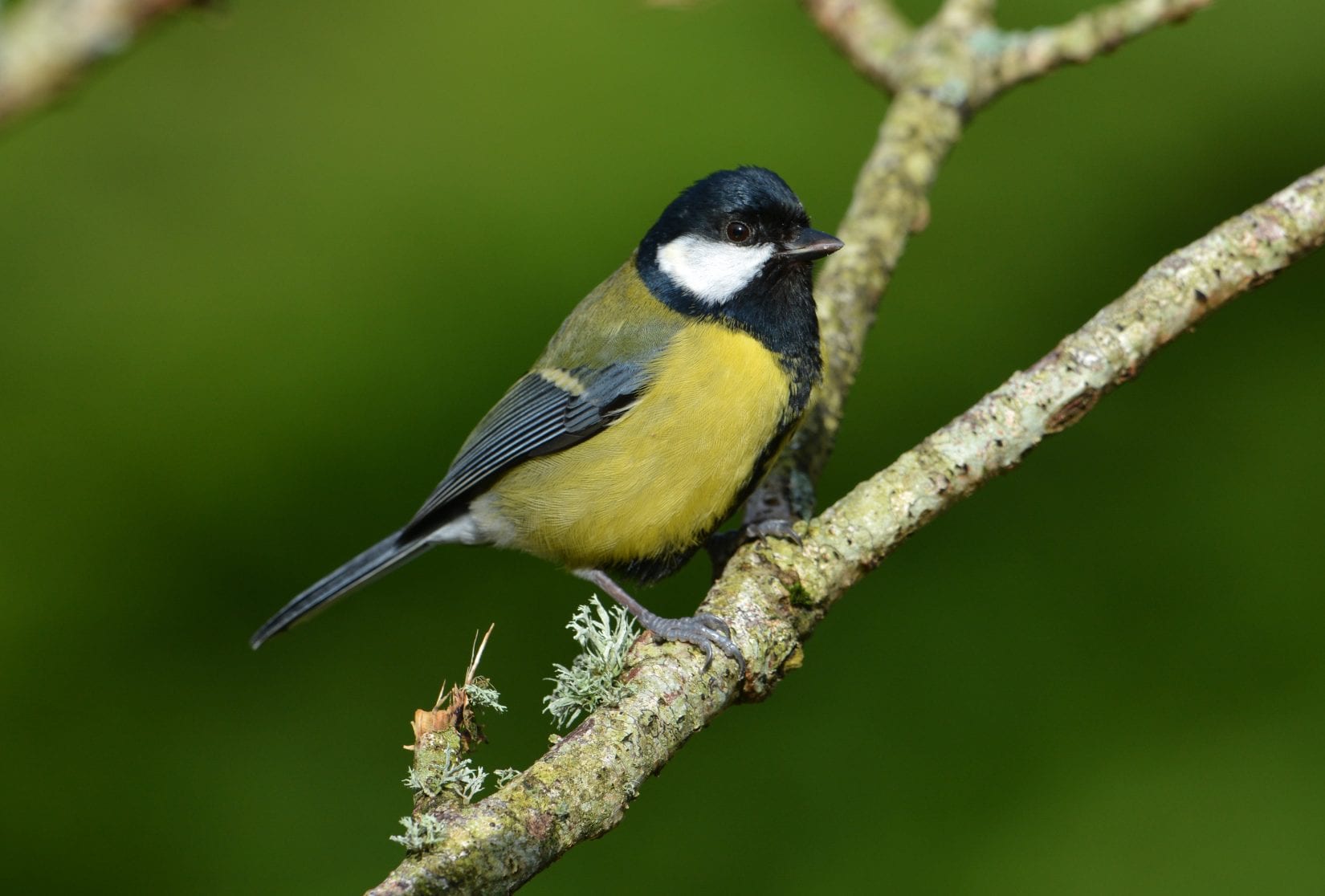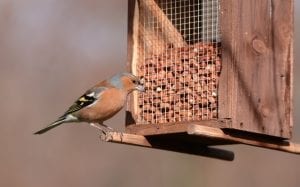Has your garden grown quieter in recent weeks? Don’t worry. Your beloved feathered friends probably haven’t abandoned your garden for a better peanut feeder, nor is it likely that anything is wrong. In fact, it is completely normal for birds to disappear for a while in mid-summer. Here are some reasons why.
Protective parents
From late spring to the middle of the summer (and longer for some species) birds are thinking about courting a mate, building a nest, incubating a clutch of eggs and all going well, spending several weeks frantically trying to feed a hungry brood. All of this activity centres around a territory and later a nest. The adults can’t travel far from it, or they could lose their territory or mate to a rival, a predator could find the eggs, or the chicks could go hungry! This is the reason you won’t get flocks of anything in your garden in summer, or at best you might get a couple of pairs of Blue Tits or Chaffinches visiting your garden – they’re all spread out and can’t move far until the chicks are raised.

Blue Tit. Photo: Brian Burke.
Food glorious food
In summertime, the natural world is brimming with foodstuffs. With insects, seeds, fruit and more in abundance, birds are simply spoiled for choice! For this reason, they aren’t as reliant on bird feeders as they are in the winter.
People often ask us whether they should leave bird feeders up in the summer, when birds have plenty of natural food available to them. While it isn’t as vital to do so as in winter, there is no harm in leaving the feeders up throughout the year. In fact, it is likely to be much appreciated by the busy parents! Adult birds are required to feed both themselves and their chicks during the summer. Supplying them with food in your garden allows them easy access to food for themselves, giving them more time and energy to search for more protein-rich food for their chicks. It’s best to avoid fat/suet-based products during the summer months, but do put out mealworms, peanuts, nyjer seeds and sunflower seeds.
Of course, our guidance around bird feeder hygiene applies all year round and research indicates that late summer and autumn is the peak time for infections such as trichomonosis to spread amongst wild bird populations. To prevent the transmission of bacteria, parasites and other infections, be sure to clean all feeders and water dishes every 1-2 weeks with a veterinary disinfectant or mild bleach (5%) solution. Give the feeders a good scrub, a thorough rinse and allow them to air dry completely before using them again. It’s also worthwhile to switch the location of your feeders from time to time, so that there isn’t a build of droppings in any one location, and to spread your feeders around the garden so birds aren’t all coming together at one location. Read more about disease prevention and bird feeder hygiene here.
Chaffinch. Photo: Brian Burke.
Recovery mode
The breeding season is an extremely taxing period in the life of a small bird and by the end of it the birds, and indeed their feathers, are worn out! If you take a close look at some adult birds at this time of year you’ll often see dull colours compared to the vivid pigments of a few months ago, and their feathers are by now very worn and tatty.
Once their chicks have fledged, many species take this opportunity to freshen things up, moult their feathers and head into the latter half of the year in good condition so they can take whatever the winter throws at them. Adult birds of most species will replace every single feather over the course of a couple of weeks. This requires a lot of energy, and the temporary loss of feathers leaves them less agile and more vulnerable to predators. Because of this, birds will keep a low profile until the moulting process is complete. They’re still there, even if you can’t see them.
When will the birds return to my garden?
As the nesting and moulting periods vary depending on the species, it is difficult to say for sure when birds will arrive back to your garden. It will also depend on factors such as weather and natural food availability, and you might find you get some busy weeks and some quiet weeks with a high degree of unpredictability between now and November. However, be sure to keep those eyes peeled and, if you’re using them, those feeders at least half-filled as it is likely you’ll have some visitors checking in on them from time to time.



